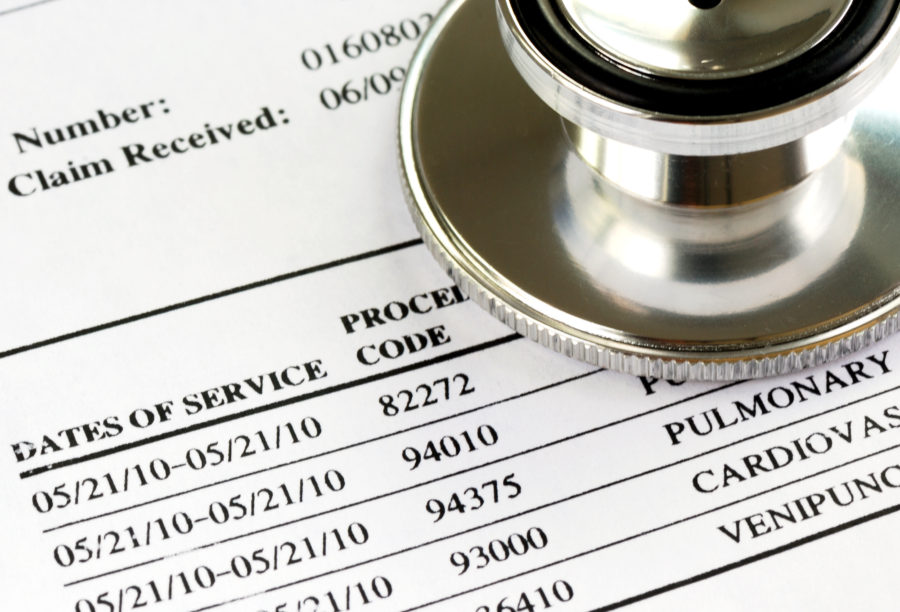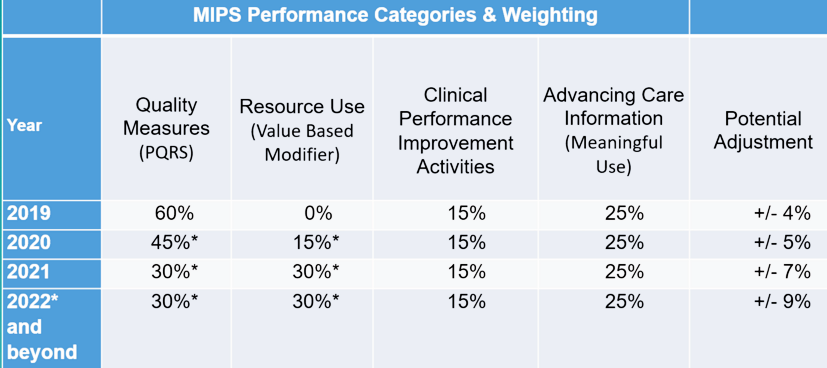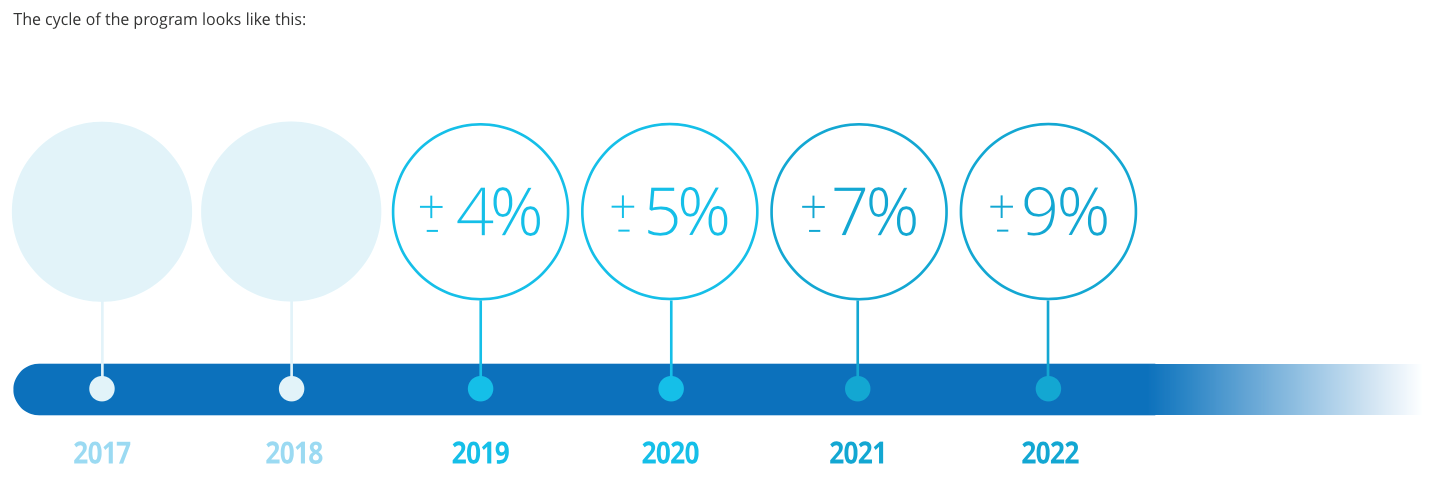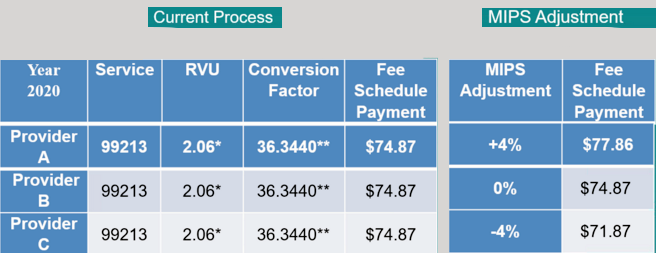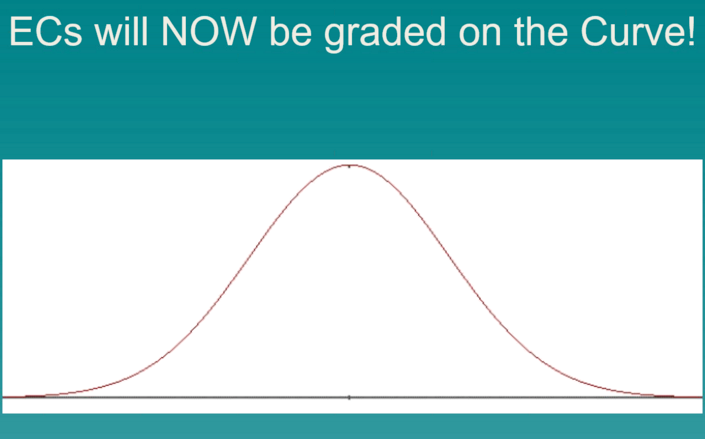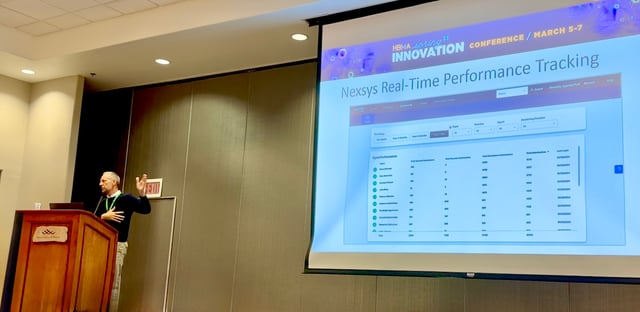The purpose of MACRA (Medicare Access and CHIP Reauthorization Act) was to repeal SGR, (Sustainable Growth Rate) which no one liked, and each year it would come up for a vote in Congress to determine if providers would get a rate cut. It was ultimately decided that it would replace the SGR with MACRA. MIPS, or Merit-Based Incentive Payment System, is on it's way.
What to Expect With MIPS
MACRA consists of two programs: MIPS and VBM. MIPS participants are called MIPS-eligible clinicians (EC’s). They include physicians, physician assistants, nurse practitioners, clinical nurse specialists, certified registered nurse anesthetists, and groups that include such clinicians who bill for items and services covered under Medicare Part B. MACRA may expand to cover physical and occupational therapists, clinical social workers, and others at a later date, but for now, these sub-specialties are not covered.
The purpose of MIPS was to act as the dangling carrot on the stick to get providers out of the Fee-For-Service model. MIPS is part of MACRA and not part of the Affordable Care Act (ACA) and has nothing to do with the ACA. If the new administration scraps ACA it will not affect MIPS. It was passed by bi-partisan support and is not going away. The new administration may have an impact or make some changes, but MIPS is here starting in 2017.
2017 is the first reporting year and 2019 is the first payment year. There is always a two year gap or lag time between reporting and payment year.

Who is exempt?
- New enrollees to the Medicare program in 2017
- Low volume- less than $30,000 in allowable charges per year and/or less than 100 Medicare patients (not visits)
- APM participants (very few).
How will a score be determined?
- Quality Measures (Similar to PQRS - Physician Quality Reporting System)
- Resource Use (Value Based Modifier)
- Clinical Performance Improvement Activities (new measure)
- Advancing Care Information (Similar to Meaningful Use)
Potential adjustment up or down:
The graphic below illustrates the effect of the MIPS program on a 99213 and varying reimbursement:
“It is a zero sum initiative/program. The ones who get penalized have their lost reimbursement and the providers who complied were given their reimbursement as a bonus for complying.”
It is not only how you report but also how well you do compared to other peers. This system is graded on a curve and so even if you are at 92%, your peers may pull the curve higher.
Each specialty must choose six quality measures.
- If a Provider hits all the measures, their incentive may go up 4%, 5% or 6%
- If a Provider submits one measure there is no change, positive or negative, to their reimbursement
- If the Provider does nothing, does not report, the reimbursement will decrease by 4%, 5% or 6%
“MIPS will not include Medicare Advantage patients. Only traditional Medicare.”
We are going to see the commercial payers adopt this most likely. If Medicare advantage and the commercial payer that they partner with adopt these measures and this format than the providers would have a MIPS-like or similar program.
If you need any help or assistance or information you can always refer to the CMS website or call or email Nexsys Billing & Practice Management and we can help you navigate through the program and the reporting requirements.

